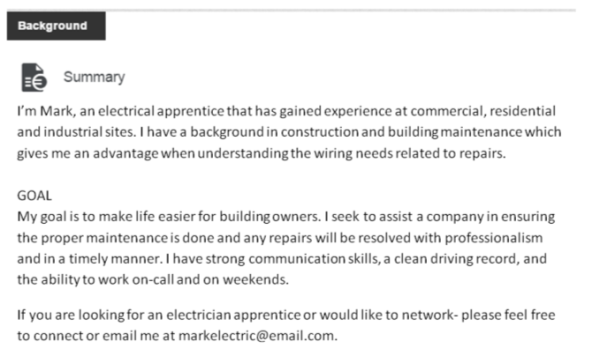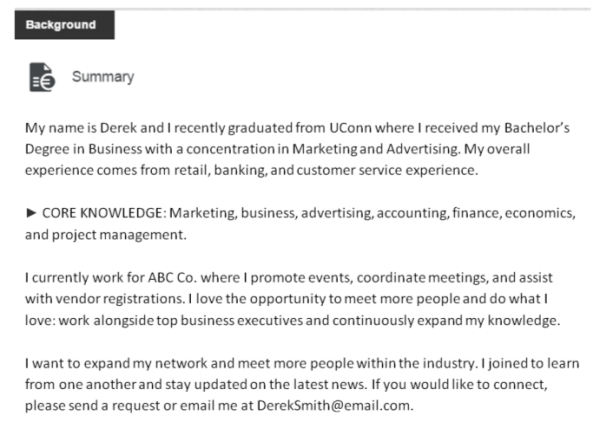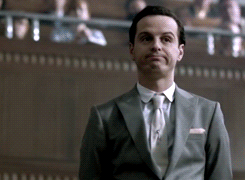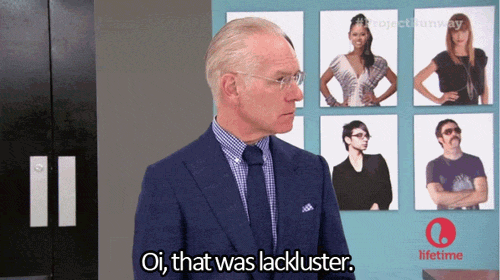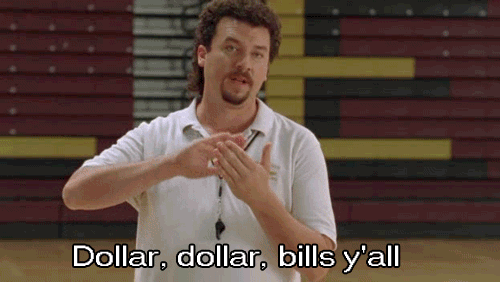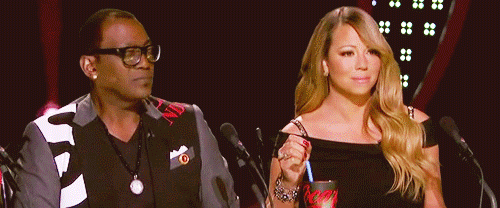This was originally posted on LinkedIn, accessible at: https://www.linkedin.com/pulse/update-your-resume-6-tips-traditional-modern-styles-erica-tew-cprw
Everyone needs a resume. It isn’t only for those searching for work. This document can launch your career, market your experience, open up networking opportunities, and land you interviews for your next move. If you’re dealing with conflicting advice or are unsure where to start, I have some suggestions for you.
So what is a resume?
A resume is a combination of your skills, results, work experience, and education. Consider it a brief snapshot or advertisement about you, developed for a specific audience.
If your resume is a generic list of your past jobs and daily responsibilities, then it is time to update. This resume style may have worked well enough in the past, but if you want to reach out to new people, build your network or develop leads, then your resume will need a targeted focus.
(image via DeathToStockPhoto)
Your development strategy should reflect your audience.
Identify the purpose of your resume: Who do you want to see it? What do you want to showcase? Where do you want to grab their attention? Think of your audience as you write your content and remove anything that does not speak to them. This extraneous information can waste space. For example, if you are changing careers, explain your career history in a way that relates your skills and abilities to the new position. Focus on transferable skills and accomplishments of your past roles.
Create media that would impress your audience. This doesn’t have to be developed for printed paper either: think larger. You could create a website (about.me is a great free resource for developing your own biographical page), develop an infographic (canva.com has low-cost or free resources to make effective visuals), film a marketing video (use YouTube, Vimeo, or Vine for free!) there is such a wide variety of ways in which you can express yourself and share information.
Get Social
If you are active on social media, share that on your resume. Provide URL links and cross-link from one account to another to allow your audience to connect with you on their preferred platform. You can even promote your resume, be it paper, infographic, or video, across those social links to gain a wider audience.
Some social accounts are used distinctly for marketing yourself as a job seeker. For example, Pinterest can be a resource to those in visual fields. You can share your resume, showcase your work, and follow companies. For a job search related Pinterest, take a look at the Connecticut Career Guidance Pinterest here.
Writing Tips
- Avoid “shortcuts.” When it comes to paper resumes, never use a generic template. Why not? Because most of them have a large amount of white space and put all of your information into tables. This makes updating the resume down the line an arduous process (where I normally will just eliminate all formatting until I have plain text outside of tables). Further, this type of resume may have difficulty being “read” for scanning in an online application.
 (image via Flickr )
(image via Flickr )
2. Stay focused. Although you may feel a need to explain all the details of each job and why you left, save that for the interview. Keep cutting and editing information until you can get to the root of the matter in a few sentences. A few key ways to do this are to eliminate sentences that don’t start with an action. Cut out references to “Responsible for…” and keep in mind you want to describe the past job. Think of what you did every day in the form of an action (Ex. Resolved customer concerns at call center), not a list of semi-related skills, such as, “customer service, phones…”
3. Make it readable. Now that you have developed your content, find a way to make it easy for someone to quickly scan it. Make use of bullet points or use lines to separate sections. Use bold or italics or small caps to draw your eye in to key sections. For contrast, what you want to avoid is a document that looks like a wall of text. Break it up so it is easier to digest.
If you’re creating a video or infographic, remember less is more. For an infographic, use minimalist shapes and lines to lead the eye across the image as you tell your career story. Overwhelming the image with graphics and icons can be too distracting.
For videos, make sure you have a quality camera with good lighting and audio pickup. Definitely work with a friend to film yourself: rarely do self-made videos from a laptop camera look professional. There are plenty of software programs where you can edit scenes or delete bad takes. Use minimal graphics to emphasize key words or points throughout. For each scene, stick with the rule of 3: you don’t want to have more than 3 bullets during a scene. More than 3 bullets in a presentation or video can make information hard to retain.
4. Create your own sections. Feeling locked in by the traditional standards? “Objective,” “Work History” and “Education” are not the end-all of resume sections. Some writers call these sections “functional headers,” which allow you to break up your resume content in a way you see fit. If you want to emphasize technical skills, career accomplishments, or volunteer experience, create your own sections and expand on the areas. This can be a great way of getting to your matching job requirements or displaying your experience across the years in one cohesive section.

(via printwand.com)
5. Don’t repeat. For example, if you create a “Career Accomplishments” section, do not copy and paste the same accomplishment and then list it again under the appropriate job in your “Work History.” Find a way to reword it and keep it brief. Choose one section to expand on this accomplishment and leave it there.
6. Proofread. Then have someone outside your field review it. Are you speaking in a lot of jargon? Try to make it understandable in case there are initial gatekeepers reviewing the material first. And of course, please do your best to avoid spelling or grammatical mistakes. Keep an eye out for formatting inconsistencies.
Most importantly: Don’t fret over “rules.”
Everyone has an opinion on resume writing, but you will develop the document or media you feel most comfortable sharing. When people use words like, “Always” or “Never,” take their advice with a grain of salt. There are no set rules in this project- only to create media that impresses your audience and furthers your goal. That goal may be an interview, a new client, or a new connection. Keep the media or document alive and change it every now and again to see what gains you the best results.
What strategies do you use when updating your resume? Let me know in the comments below. Our American Job Centers offer free resume writing resources, critiques, and workshops. Check out our Connecticut locations here.






